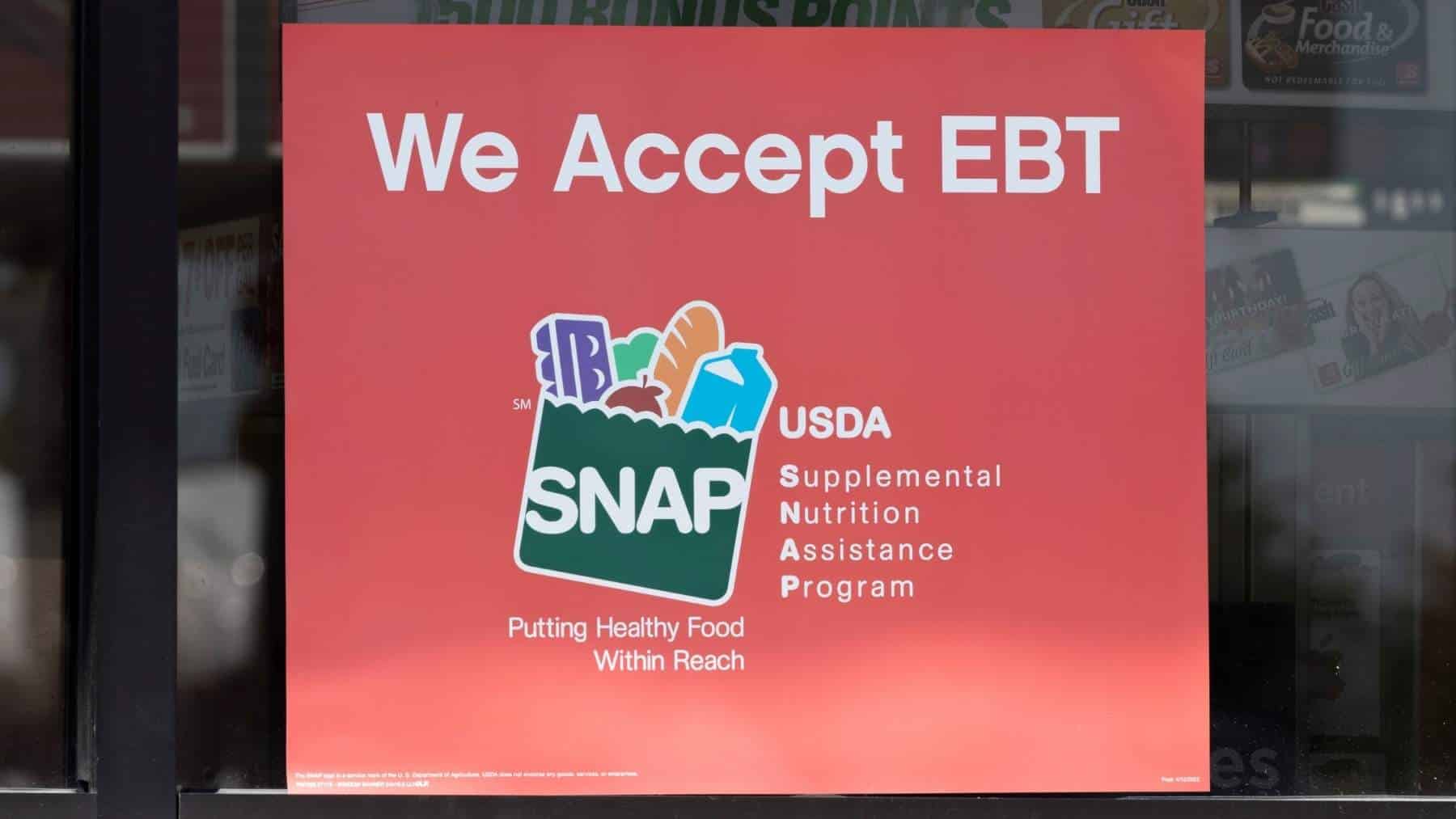Millions of low-income Americans rely on The Supplemental Nutrition Assistance Program (SNAP) to help them put food in their households during difficult times. However, there has been recent changes to age and work requirements which are set to impact a large number of recipients. This will potentially cut benefits for many individuals.
What Are the New SNAP Rules?
The most recent changes to SNAP result from the Fiscal Responsibility Act (FRA), which was signed into law in June 2023. This act imposed an increase in the age limit for work requirements. This simply meant that able-bodied adults without dependents (ABAWDs) must now comply with stricter conditions to continue receiving benefits.
In the past, ABAWDs between the ages of 18-49 had to work at least 80 hours per month to maintain their SNAP eligibility beyond three months in a three-year period. As a result of the new rules, the age limit was now increased to 54.
In addition, this legislation brought about many exemptions for specific groups, this includes veterans, homeless citizens and former foster kids under the age of 25. These requirements aimed to provide relief to vulnerable populations who have difficulty meeting work requirements.
Who Will Be Affected?
Millions of SNAP recipients will be impacted as a result of the work requirements. Research states that approximately 11 million people reside in households that could be at risk of losing at least some of their food assistance as a result of these changes.
Among those most affected are:
- Citizens between the ages 50 to 54 who previously did not have to meet work requirements will now be required to find employment or they may lose their benefits.
- Parents and caregivers who depend on SNAP to provide food for their families may struggle to meet the new work requirements, especially if they face limitations such as childcare costs or limited employment opportunities.
- Even though exemptions, many disable individuals may struggle to find employment.
The Debate Over Work Requirements
Those who are in favour of these new rules state that self-reliance is encouraged to reduce the dependency on government. By encouraging those who are able to work, this will help them achieve financial independence and contribute to the economy.
In the same breath, many argue that this will pose a disadvantage to vulnerable populations. Research has shown that the SNAP’s work requirements has not assisted individuals in employments however it has resulted in individuals losing access to food assistance.
In addition to the above, SNAP recipients already have employment but struggle with employment stability, lower salaries and minimal access to full time employment.
What Happens Next?
Many states will play a significant role in implementing these new rules as they take effect. Some states may waiver the impact in areas with high unemployment or limited employment opportunities. There are six states that currently have full waivers, while 24 states have partial waivers for certain counties.
It is important for citizens who are affected by these changes to navigate properly, as the new requirements are critical. Anyone who is at risk of losing benefits must request help from the local SNAP offices. There are many community groups and advocacy groups who are willing to provide any information you require.
As these changes are implemented to the SNAP’s age and work requirements, it marks a significant change to the food assistance policy. This will potentially reduce benefits for millions of Americans.
As the discussion continues, the actual impact of these changes will become more transparent in the upcoming months. Beneficiaries must ensure that they stay informed and updated and ensure that they make proactive decisions to secure their benefits.

